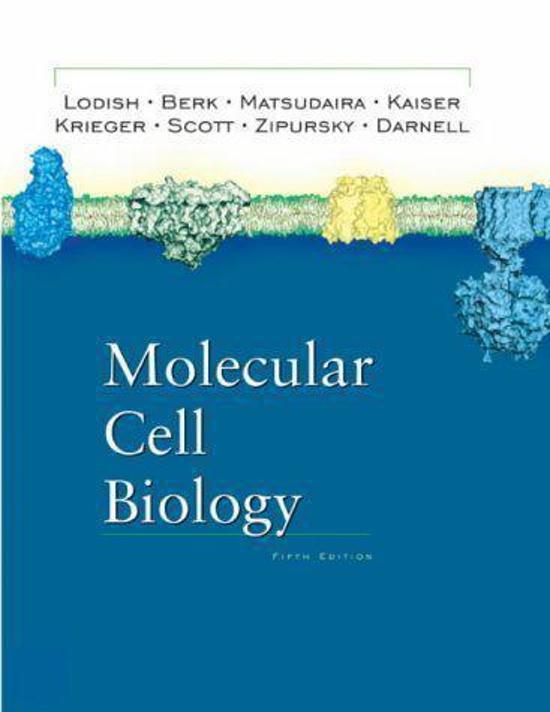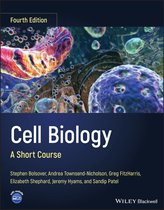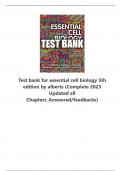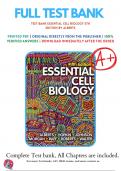Cell biology Study guides, Class notes & Summaries
Looking for the best study guides, study notes and summaries about Cell biology? On this page you'll find 12296 study documents about Cell biology.
Popular textbooks 'Cell biology' · Show all (9) Hide
Cell Biology E-Book
Thomas D. Pollard, William C. Earnshaw, Jennifer Lippincott-Schwartz, Graham Johnson
8 documents
Anatomy, Histology, and Cell Biology PreTestTM Self-Assessment and Review, Third Edition
Robert Klein, George C. Enders
2 documents
Biology, Cell Biology and Genetics, Chapters 1-17
Gilbert D. Brum, Larry McKane, Gerry Karp
2 documents
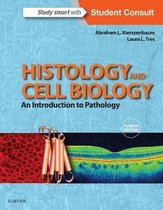
Histology and Cell Biology: An Introduction to Pathology E-Book
Abraham L Kierszenbaum, M.D., Ph.D., Laura Tres, M.D., Ph.D.
2 documents
All 12.296 results
Sort by
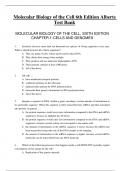
-
Complete Test Bank Molecular Biology of the Cell 6th Edition Alberts Questions & Answers with rationales (Chapter 1-24)
- Exam (elaborations) • 645 pages • 2023
-
- $16.99
- 33x sold
- + learn more
Molecular Biology of the Cell 6th Edition Alberts Test Bank Complete Test Bank Molecular Biology of the Cell 6th Edition Alberts Questions & Answers with rationales (Chapter 1-24) PDF File All Pages All Chapters Grade A+
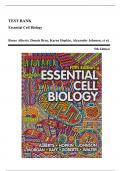
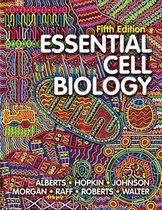 Popular
Popular
-
Test Bank - Essential Cell Biology, 5th Edition (Alberts, 2020), Chapter 1-20 | All Chapters
- Exam (elaborations) • 634 pages • 2023 Popular
- Available in package deal
-
- $23.49
- 24x sold
- + learn more
Test Bank - Essential Cell Biology, 5th Edition (Alberts, 2020), Chapter 1-20 | All Chapters
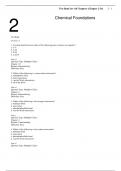
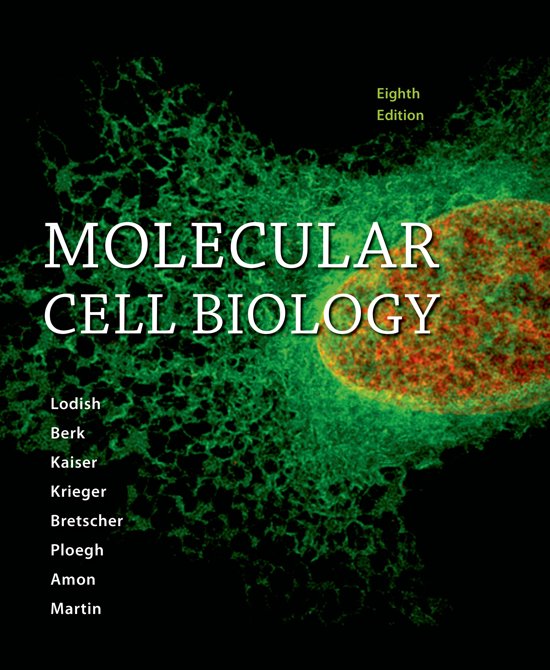
-
Test Bank for Molecular Cell Biology 8th Edition by Harvey Lodish, Arnold Berk, Chris A. Kaiser, Monty Krieger, Anthony Bretscher, Hidde Ploegh, Angelika Amon, Kelsey C. Martin
- Exam (elaborations) • 241 pages • 2023
-
- $17.49
- 11x sold
- + learn more
Test Bank for Molecular Cell Biology 8th Edition by Harvey Lodish, Arnold Berk, Chris A. Kaiser, Monty Krieger, Anthony Bretscher, Hidde Ploegh, Angelika Amon, Kelsey C. Martin
Test bank for essential cell biology 5th edition by alberts (Complete 2023 Updated all Chapters_Answered/feedbacks)
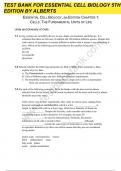
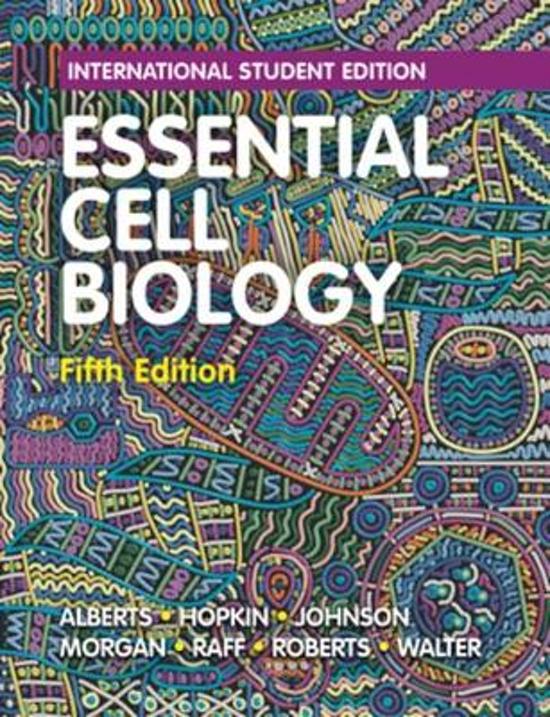
-
Test Bank - Essential Cell Biology, 5th Edition (Alberts, 2020), Chapter 1-20 | All Chapters
- Exam (elaborations) • 936 pages • 2023
- Available in package deal
-
- $12.99
- 5x sold
- + learn more
Test Bank - Essential Cell Biology, 5th Edition (Alberts, 2020), Chapter 1-20 | All Chapters

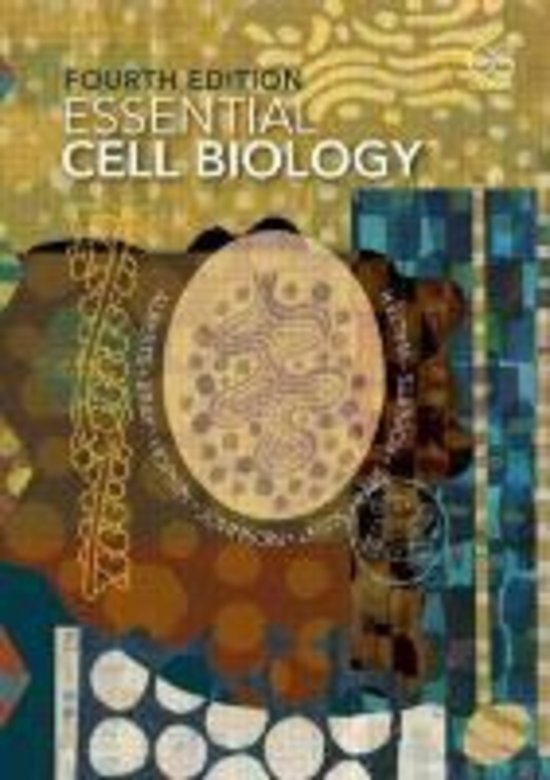
-
Test Bank - Essential Cell Biology, 4th Edition (Alberts, 2014), Chapter 1-20 | All Chapters
- Exam (elaborations) • 568 pages • 2023
- Available in package deal
-
- $19.99
- 4x sold
- + learn more
Test Bank - Essential Cell Biology, 4th Edition (Alberts, 2014), Chapter 1-20 | All Chapters
Test Bank - Essential Cell Biology, 5th Edition (Alberts, 2020), Chapter 1-20 | All Chapters
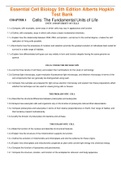

-
Test Bank for Essential Cell Biology 5th Edition Alberts Hopkin / All Chapters 1-20 / Full Complete 2022 - 2023
- Exam (elaborations) • 623 pages • 2022
- Available in package deal
-
- $30.49
- 20x sold
- + learn more
Test Bank for Essential Cell Biology 5th Edition Alberts Hopkin / All Chapters 1-20 / Full Complete 2022 - 2023
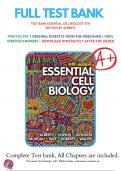
-
Test Bank for Essential Cell Biology 5th Edition by Alberts | 9780393680379 | 2020-2021 |Chapter 1-20 |All Chapters with Answers and Rationals
- Exam (elaborations) • 635 pages • 2023
-
- $18.99
- 2x sold
- + learn more
Elevate your grasp of cell biology with our Test Bank for Essential Cell Biology, 5th Edition by Alberts (2020). Spanning an extensive 635 pages across 20 chapters, this resource is a crucial aid for nursing students diving into the intricacies of cell biology.
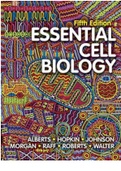
-
TEST BANK for Essential Cell Biology 5th Edition by Bruce Alberts, Alexander D Johnson, David Morgan, Martin Raff, Keith Roberts, Peter Walter
- Exam (elaborations) • 624 pages • 2023
-
- $27.89
- 11x sold
- + learn more
TEST BANK for Essential Cell Biology 5th Edition by Bruce Alberts, Alexander D Johnson, David Morgan, Martin Raff, Keith Roberts, Peter Walter

How did he do that? By selling his study resources on Stuvia. Try it yourself! Discover all about earning on Stuvia


